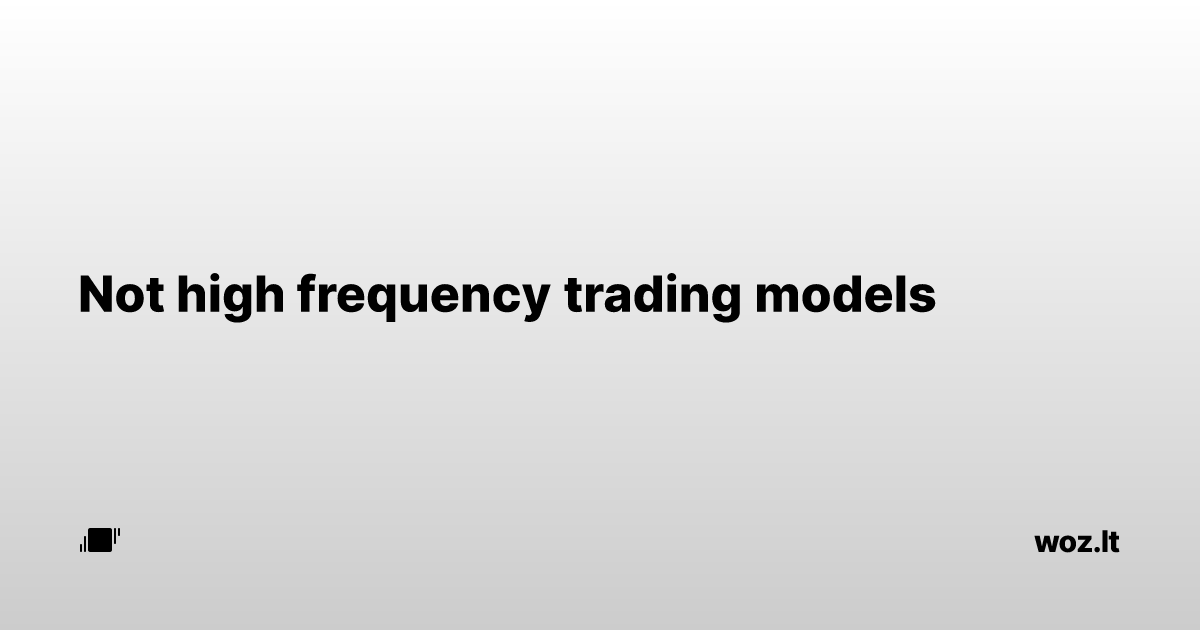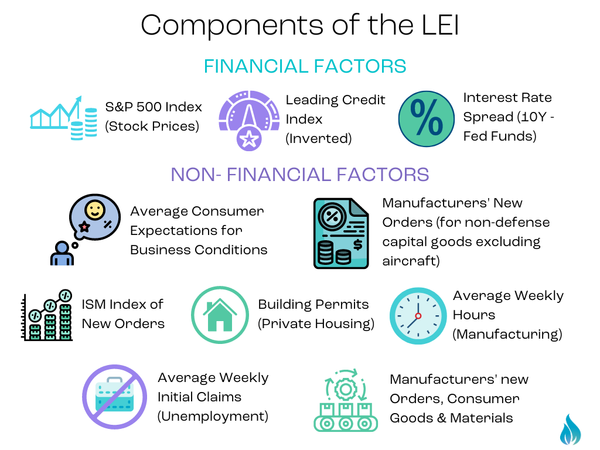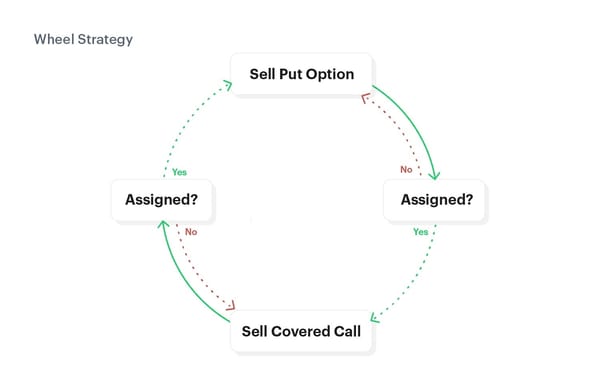Not high frequency trading models




 Grizzly Bulls
Grizzly Bulls
 Hacker News
Hacker News

The term covered call refers to a financial transaction in which the investor selling call options owns an equivalent amount of the underlying security. To execute this, an investor who holds a long position in an asset then writes (sells) call options on that same asset to generate an income

Biggest links collection to public databases for research. From common crawl to everythng else. If you are looking for financial data, take a look at data page.

The Leading Economic Index (LEI) provides an early indication of significant turning points in the business cycle and where the economy is heading in the near term. The Coincident Economic Index (CEI) provides an indication of the current state of the economy. United States Leading Index The Conference Board Leading

The Options Wheel Strategy is a systematic way to generate income by selling options, typically using cash-secured puts and covered calls. Here's how it works with Stock X: Step 1: Sell a Cash-Secured Put on X * You sell a put option at a strike price you’re comfortable
pyrrhotech 11 hours ago | parent | context | next [–] | on: Ask HN: What are you working on (September 2024)?
Since launching https://grizzlybulls.com in January 2022:
Model | Return | Max drawdown
-------------------
S&P 500 (benchmark) | 21.51% | -27.56%
VIX TA Macro MP Extreme | 64.21% | -16.48%
VIX TA Macro Advanced| 59.13% | -19.12%
VIX TA Advanced | 35.20% | -22.96%
VIX Advanced | 33.39% | -23.93%
VIX Basic | 24.29% | -24.23%
TA - Mean Reversion | 22.30% | -19.92%
TA - Trend | 27.07% | -24.98%
This is an unleveraged, apples to apples comparison. These are not high frequency trading models. Most of them only change signal once every 2-4 weeks on average. During long signals, the models are simply long the S&P 500 and during short signals, they go to cash.
One of the pros of this macro swing-trading/hedging style is high tax efficiency, by holding a core ETF long position that never gets sold and then selling S&P 500 futures (ES or MES) of equal value to the ETFs against the long position. This way your account will accumulate unrealized capital gains indefinitely and you'll only pay tax on the net result of successful hedging. The cherry on top is that the S&P 500 futures are section 1256 contracts that are taxed at 60% long term / 40% short term capital gains rates regardless of the duration they are held.
The models use a variety of indicators, many of them custom built. Most important are various VIX metrics (absolute level, VIX futures curve shape/slope, divergences against S&P 500 price, etc), trend-following TA metrics (MACD, EMV, etc), mean-reversion TA metrics (Bollinger Bands, CMO, etc), macroeconomic (unemployment, housing starts, leading composite), and monetary policy (yield curve inversion, equity risk premium, dot plot, etc). They've been backtested very cautiously to avoid overfitting to the best of my ability.